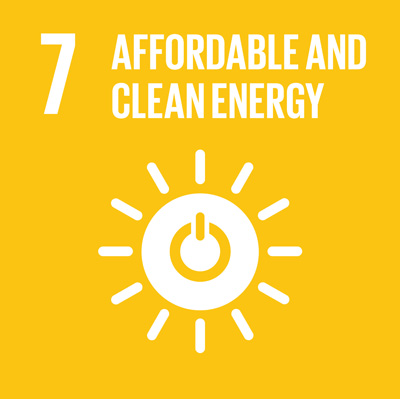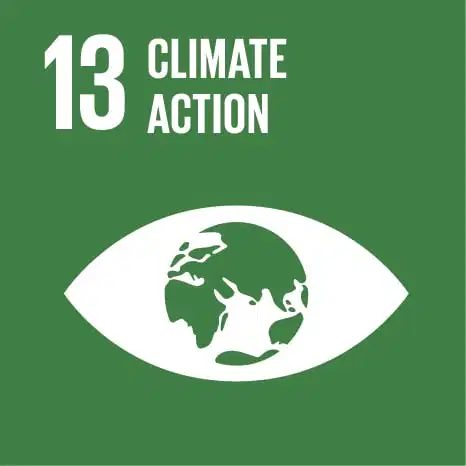In September 2015, the UN General Assembly adopted the 2030 Agenda for Sustainable Development. This milestone document outlines 17 goals and 169 related targets for the global community to strive to meet by the year 2030. The agenda is the first of its kind, explicitly acknowledging the importance of factoring migration into development strategies. This is a key advancement given that the topic of migration was absent from the Millennium Development Goals in 2000. Migration has been increasingly linked to development in recent years, especially in documents such as the New York Declaration (adopted in 2016) and the Global Compact for Safe, Orderly and Regular Migration (adopted in 2018.)
Approaches to the migration and development nexus have evolved throughout the last two decades within IOM and beyond, through global processes such as the Global Forum on Migration and Development and the Mayoral Forum on Human Mobility, Migration and Development. Migration's potential to inform and strengthen development frameworks is now widely recognized. However, to achieve the SDGs and ensure that they are carried out inclusively, migration must be acknowledged as a complex and multifaceted phenomenon that impacts all areas of governance.
Though IOM is already engaged in adopting an integrated approach to the topic of environmental migration, much work remains to be done in this emerging field. The 2030 Agenda and the SDGs represent a unique chance to develop these thematic links further through the structure of a global framework. Working towards the SDGs will strengthen the connections between fields, helping to transform the complex challenges presented by the migration, environment, and development nexus into opportunities.
IOM has developed an Institutional Strategy on Migration and Sustainable Development.
 |
SDG 6 on Clean Water and Sanitation is relevant when it comes to environmental migration because both climate change and migratory patterns have the capacity to significantly impact water resources. Ensuring that clean and sustainable water is accessible to all is essential to achieving IOM's mission of ensuring safe and orderly migration for all. By clicking on the logo, you can access further information about IOM's work in relation to SDG 6. |
 |
SDG 7 on Affordable and Clean Energy is also deeply relevant to migration. Managing local energy development planning in tandem with migration policy helps to address the economic and environmental drivers of migration, facilitating environmentally sustainable socio-economic opportunities for migrants. |
 |
SDG 13 on Climate Action has been addressed by IOM through its involvement in the UN Framework Convention on Climate Change (UNFCCC). IOM advocates for the integration of migration in climate change policy, and for the recognition that migration is not only influenced by climate change but that it can be an important adaptation strategy. Learn more about this topic by clicking on the logo. |
 |
SDG 15 on Life on Land is especially important when considering the impacts (both positive and negative) of migration upon local land systems. IOM works alongside the UN Convention to Combat Desertification (UNCCD) in order to address this topic. The UNCCD focuses upon three main areas: (a) climate change adaptation; (b) rights & security; and (c) sustainable development. Click the logo to learn more. |